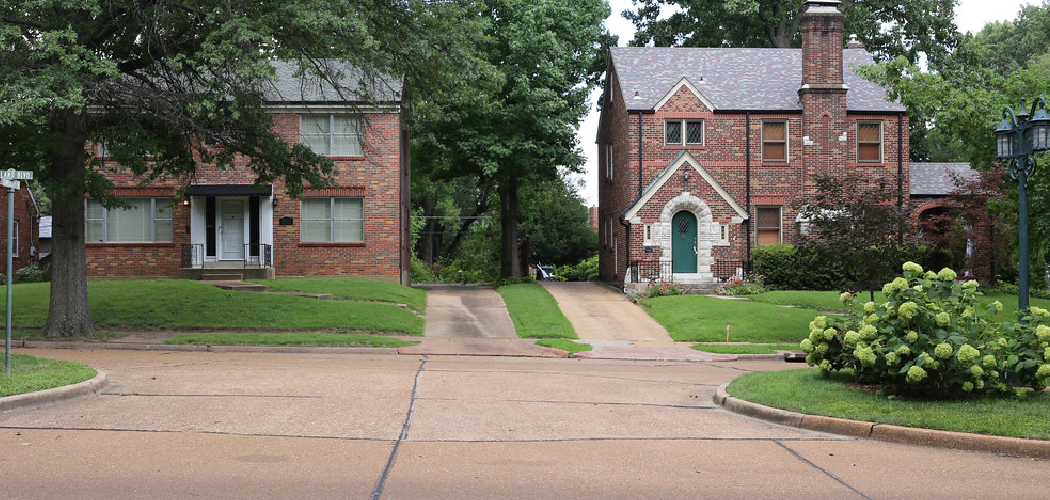Knowing to measure a driveway is important if you plan to install a new driveway, resurface or repair an existing driveway, or ensure that the contractor installing your driveway does so correctly. By understanding the basic principles of measuring a driveway, you can save time and money by ensuring that the job is done correctly and according to your specifications.
One of the main advantages that come with measuring a driveway is the accuracy and precision of the measurements. Taking accurate measurements, it allows for more accurate estimates when deciding on how much material or how many paving stones are needed to complete the job.
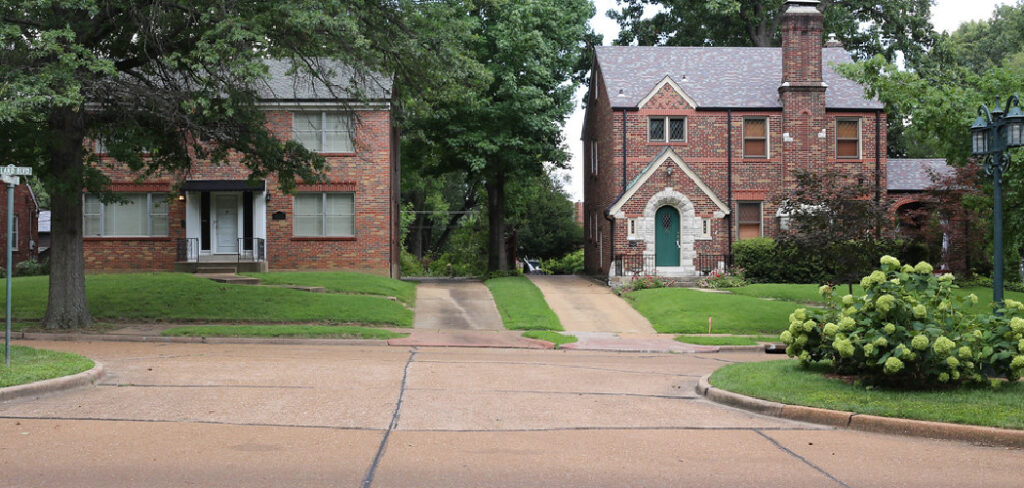
Additionally, by having precise measurements, you eliminate any possibility of costly errors in construction due to inaccurate measurements. In this blog post, You will learn how to measure a driveway in detail.
Step-by-step Instructions for How to Measure a Driveway
Step 1: Inspect the Driveway
The first step is to take a look at the driveway and get an idea of its size and shape. If it’s a straight shot, then measuring it will be pretty straightforward. But if it’s curved or has any other irregularities, you’ll need to take those into account when measuring.
Step 2: Measure the Length
Using a tape measure, measure the length of the driveway. This will be the longest line if it’s not a straight shot. When measuring curved sections, follow along the outside of the curve to get an accurate measurement. Use the same process to measure the width of the driveway. Make sure to measure at both ends and in the middle if the width changes along its length.
Step 3: Measure Any Angles
If your driveway has any sharp turns or angles, take a measurement of those as well. If it’s only slightly angled, use an angle finder to get an accurate measurement. If your driveway has any inclines or declines, take a measurement of those as well. This will help you accurately calculate the total area of your driveway.
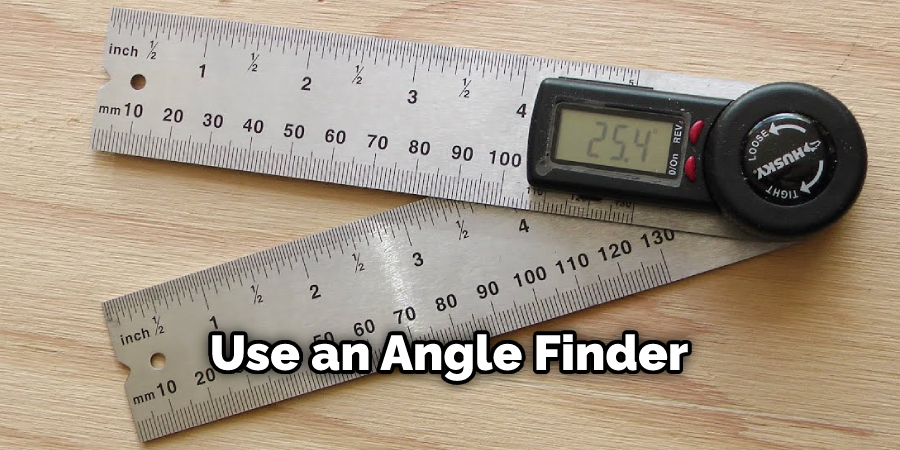
Step 4: Make a Sketch of Your Driveway
Using all of the measurements you’ve taken, make a sketch of your driveway. This will help you visualize its shape and size. Now that you have all of your measurements, it’s time to calculate the total area of your driveway. Use a calculator to add up all of the lengths, widths, angles, rises, and falls. This will give you a rough idea of the total area.
Step 5: Make Corrections for Inaccuracies
If your driveway is complex or has any irregularities, there may be some inaccuracies with your measurements. Go back and make corrections as needed to get an accurate calculation. If you plan to fill your driveway with gravel or concrete, you’ll need to calculate the total volume of material needed. To do this, multiply the area of your driveway by its depth.
Step 6: Estimate How Much Material You’ll Need
Using the total volume you calculated in, you can estimate how much material you’ll need to fill your driveway. Use this information to get an idea of the materials and costs required for your project. With these steps, you should understand how to measure a driveway. Knowing the size and shape of your driveway will help you get an accurate estimate of the cost and materials required for any project.
8 Tips for How to Measure a Driveway
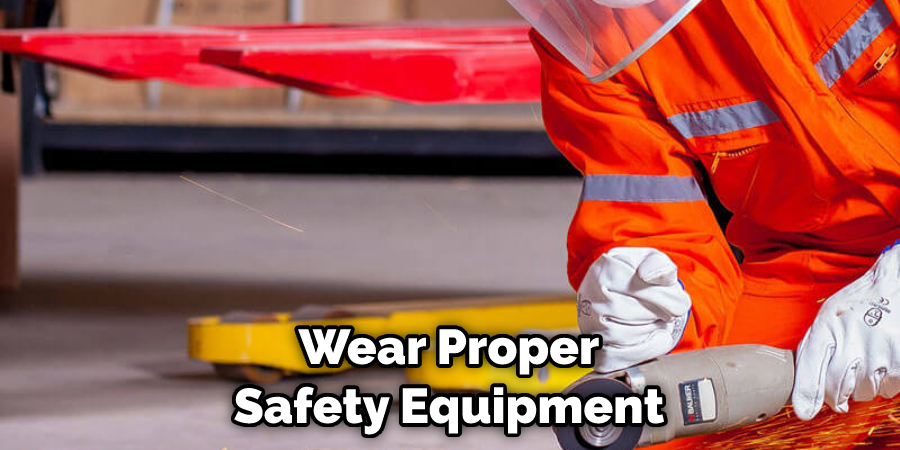
- Wear safety equipment such as gloves, goggles, and sturdy shoes when measuring a driveway. This ensures that your hands, eyes, and feet are protected from any potential hazards or debris while you measure the driveway.
- Make sure the area is clear of vehicles and people before you begin taking measurements. This helps to ensure the safety of anyone around you while you measure the driveway.
- If possible, measure with a partner to avoid any accidents or injuries.
- Before taking measurements, always check for sharp objects or other hazards, such as potholes, cracks, uneven surfaces, and debris. This helps to prevent slips and trips or other accidents.
- Stand safely from the edge of the driveway while measuring to avoid potential falls or slips.
- Use tools such as tape measures, yardsticks, and chalk lines when taking measurements to ensure accuracy and safety.
- Always have a specific and detailed plan before beginning to measure the driveway. This helps to ensure accuracy and safety when taking measurements.
- When in doubt, ask a professional for assistance with measuring the driveway to guarantee safety and accurate measurements.
These eight tips should help you safely and accurately measure your driveway without any accidents or injuries occurring.

How Long is a Driveway?
The length of your driveway will depend on the size and shape of your property, as well as the desired width. As a general rule of thumb, driveways are usually between 12 feet and 18 feet wide, with lengths ranging from 25 to 50 feet. If you’re installing a long driveway to accommodate multiple cars or recreational vehicles, longer lengths may be necessary.
To determine how long your driveway should be, measure the distance from the street to where you want the end of the driveway to be. If you’re installing a circular or curved drive, then measure the diameter and circumference of your desired design before making any calculations. In addition to length, it is also important to consider the width of your driveway. Generally, it is best to install a driveway at least 8 feet wide and accommodate two cars parked side-by-side.
How Do You Maintain a Gravel or Asphalt Driveway?
Maintaining a gravel or asphalt driveway is important to keep it in good condition. Regular maintenance helps extend the driveway’s life and make it look better and safer for vehicles and pedestrians. Gravel driveways should be regularly raked to keep the stones from becoming compacted into the soil.
Asphalt driveways should be seal-coated every two to four years, depending on the amount of wear and tear it gets. It’s also important to check for cracks or holes in the driveway surface; these can easily be filled with asphalt patching materials that are available at most home improvement stores.
Regardless of whether you have a gravel or asphalt driveway, regular sweeping and cleaning will help keep it looking its best. Keeping the driveway free of debris, such as leaves and twigs, will also reduce wear and tear on the surface. Finally, remember to measure patio door your driveway every few years to ensure no size changes due to erosion or other factors. Measuring a driveway is covered in detail in another article.
How Do You Choose the Right Contractor for Installing a Driveway?
Choosing the right contractor for your driveway installation is important. Not only does the contractor need to have experience in driveway installation, but they also need to use quality materials and follow safety protocols. Before hiring a contractor, ask them about their qualifications, their experience in installing driveways, and what type of materials they plan on using for the project. It is also important to ensure the contractor has the necessary licenses and certifications for driveway installation.
Additionally, you should check that any subcontractors they plan to use are also properly qualified and certified. Once you have decided on a contractor, it is important to measure your driveway area before the installation begins. Knowing to measure a driveway can help ensure that the contractor has enough materials for the job and helps minimize waste or overspending. Accurately measuring a driveway can also help to ensure that the contractor has adequate time for installation.
How Do You Prevent Damage to Your Driveway From Vehicles Driving Over It Frequently?
The wear and tear that frequent use of your driveway can cause must be addressed. To protect your driveway, you should ensure that it is built properly with the appropriate foundation and materials, including the correct thickness of asphalt or cement. Additionally, proper maintenance, such as resealing or filling cracks and holes when they arise, will help keep your driveway in good condition.
Additionally, employing preventative measures such as speed bumps or installing guardrails around the edges of your driveway can help to reduce damage from vehicles regularly driving over it. Ultimately, taking the time to measure and inspect your driveway will help you avoid any unnecessary costs or unexpected repairs that might occur due to negligence.
By being proactive and taking the necessary steps to preserve your driveway, you can reduce the risk of costly repairs and maximize its lifespan. By following these simple tips, you will be able to keep your driveway in tip-top shape for many years to come.
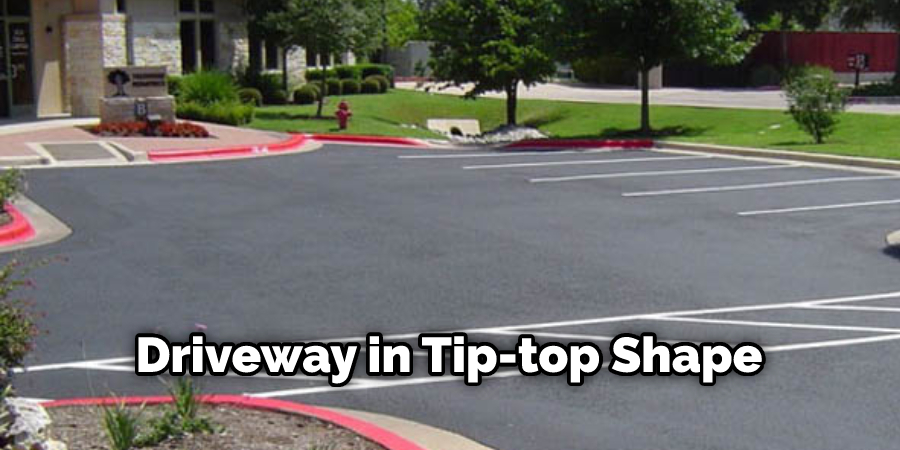
Conclusion
One of the main disadvantages of measuring a driveway is that it can be difficult and time-consuming. Measuring a driveway requires precision, as even small miscalculations can lead to costly road construction errors. Furthermore, if the measurements are not taken correctly or if they are not recorded accurately, then there may be problems with ordering materials and calculating the cost of construction.
It can be done accurately and efficiently with the right tools and techniques. When measuring a driveway, remember that you should measure from one end to the other, account for any curves or turns, use a laser level or string line if possible, and mark all measurements clearly with stakes and string before beginning any work. I hope reading this post has helped you learn how to measure a driveway. Make sure the safety precautions are carried out in the order listed.

